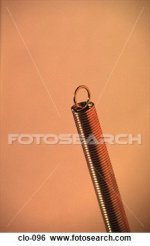This is too easy. You invent that shaft, tell me there is no deflection, I'll laugh and hand you an elementary school physics book.
OK. I already have the elementary school physics book (really, they DO teach physics to elementary schoolers in my parts, I swear ). I also have several college physics texts and a few engineering texts I can struggle through when I feel the need for a headache.
Now, exactly how to you use anything in these books to prove the existence of something that cannot not be experimentally measured? The Higgs boson has theoretically been thought to exist for awhile, but we needed the Large Hadron Collider and two teams of scientists working for years to find evidence that it is real.
Armchair scientists can make all the claims they want, citing books and accepted theory. Real scientists require evidence gathered by careful experimentation. Until someone shows me the hard data, I'm as skeptical as I am about hitting the CB off-center enough to cause deflection without putting any spin on it.
